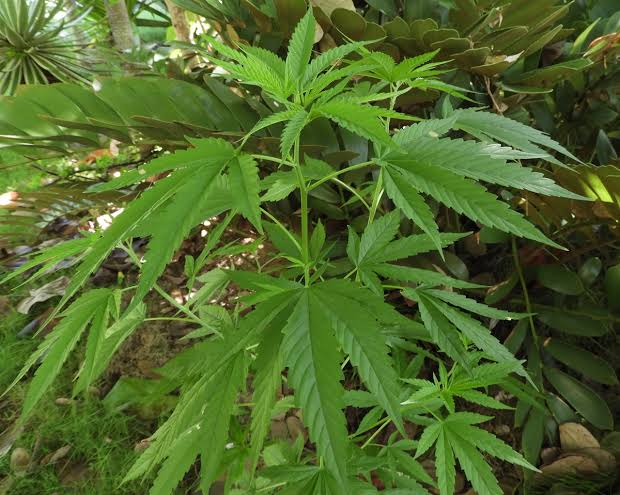- +033 2572 7171
- info@dhanvantary.com

4.5 Rating | 4500 Review

4.5 Rating | 4500 Review
Bhanga is the ancient medicinal herb, famous with names of Marijuana Indian hemp, Ganja. The scientific name of the plant is Cannabis Sativa. It belongs to the Cannabaceae family. Bhanga is known to be an annual herb with erect stem, grows up to 3 to 10 feet or more than this and slightly branched with greyish green hair. The leaves of the plant are palmate, stipulate, present alternatively, have long petiole, smooth dark green with serrate, singly present, lanceolate, 3 to 11 in number, acuminate leaflets.

These are long up to 10 cm and wide up to 1.5 cm. leaflets have acute stipules at the base with tapering ends. These have basal leaves also present oppositely. These basal leaves known as vegetative leaves. The flowers of the bhanga are small and unisexual kind. The female flower has five veined leaf encircled ovary in a sheath. These are single, glandular and hairy. The ovary of the flower is one celled, have a hanging ovule with tread like stigmas. Their ovaries are very smooth and its stigma spreads out of the flower, about more than its length. The male one having five segments, almost present separately, downy with pale yellow color. The fruit of the bhanga is small and completely full of seeds. It is of brownish-grey color.
Kingdom
Plantae
Subkingdom
Tracheobionta
Superdivision
Spermatophyta
Division
Magnoliophyta
Class
Magnoliopsida
Subclass
Hamamelididae
Order
Urticales
Family
Cannabaceae
Genus
Cannabis
Species
Sativa
It is the native of central Asia. It is grown in Asia, Europe, Iran, Iraq, Pakistan and China. Bhanga has been cultivated from ancient time in India since 900BC. Then in medieval period, it was brought to North Africa. In India, cultivation of this plant control and grown in some areas only.it is wild in north western Indian regions such as Rajasthan, Kerala, Tamil Nadu and Bihar. These areas are Nainital, Garhwal, Uttar Pradesh, Almora and Amritsar. It is also cultivated in the areas of Kashmir, Nepal and Taravancore but up to little extent.
|
Hindi / Sanskrit |
English |
||
|
Rasa |
Tikta |
Taste |
Bitter |
|
Guna |
Laghu, Teekshna, Vyavayi |
Physical Property |
Light, Strong, Spread throughout the body without first getting digested |
|
Virya |
Ushna |
Potency |
Hot |
|
Vipaka |
Katu |
Metabolic Property (After Digestion) |
Pungent |
This helps to balances vata and kapha doshas. It helps to increases pitta dosha.
